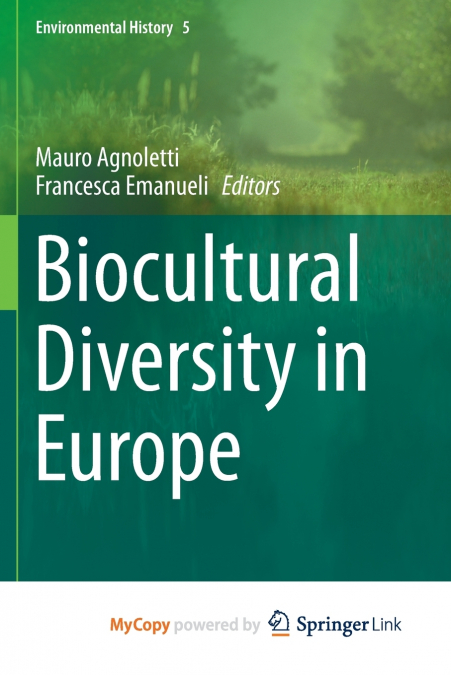
The book collects a selection of the papers presented at the meeting held in the context of the Joint Programme on the Links between Biological and Cultural Diversity (JP-BiCuD). Recognizing the inextricable link between biological and cultural diversity, the United Nations Educational Scientific and Cultural Organization (UNESCO) and the Secretariat of the Convention on Biological Diversity (SCBD) joined forces, and in 2010 launched the Joint Programme on the Links between Biological and Cultural Diversity (JP-BiCuD). The first meeting for the implementation of the JP-BiCuD was held in Florence (Italy) in April 2014 and produced the UNESCO-sCBD Florence Declaration, which highlights the concept of biocultural diversity. The European rural territory is predominantly a biocultural, multi-functional landscape, providing a crucial and effective space for integration of biological and cultural diversity, suggesting the need to revise some of the current strategies for the assessment and management of biodiversity.